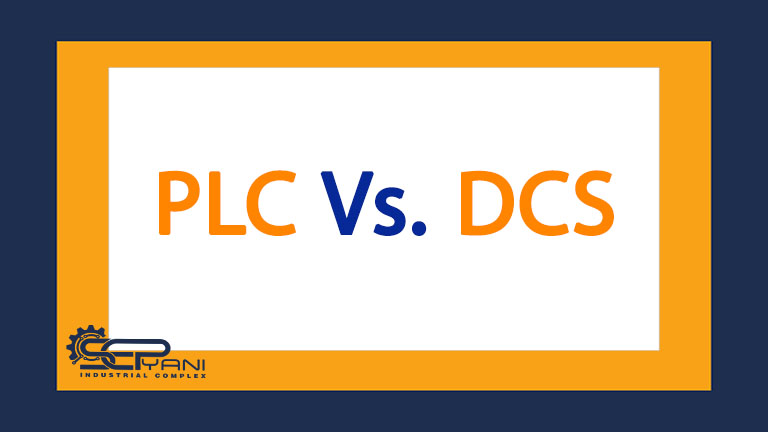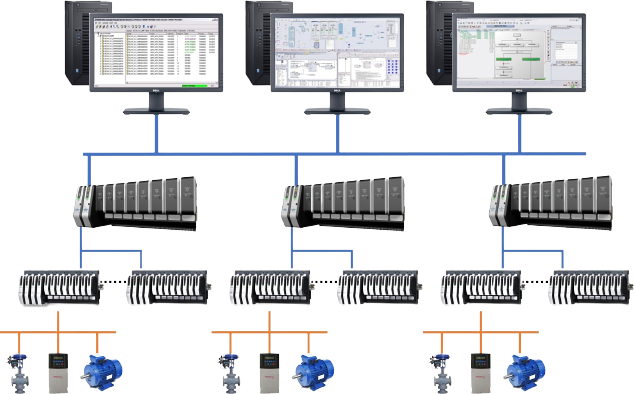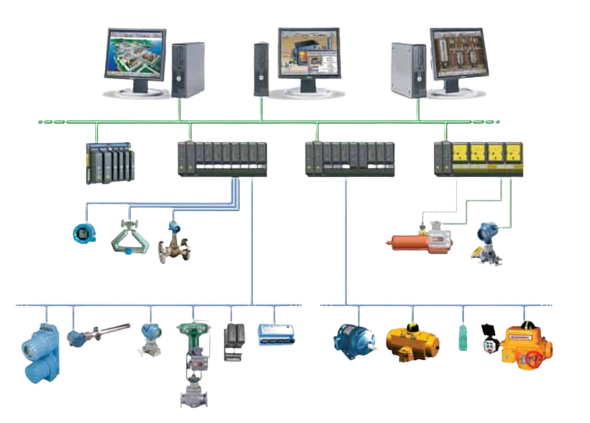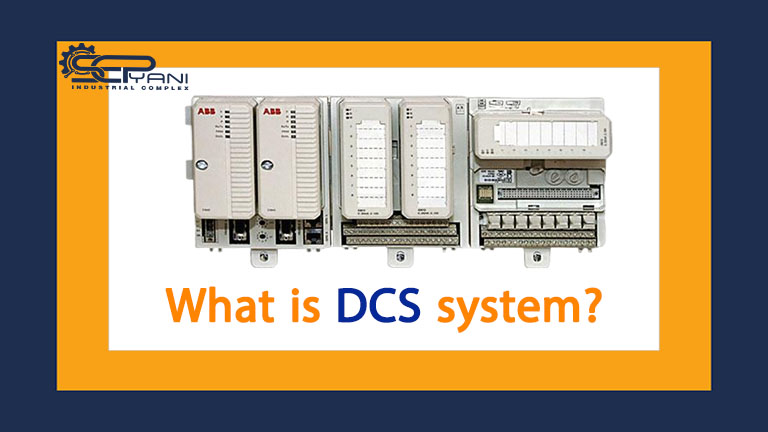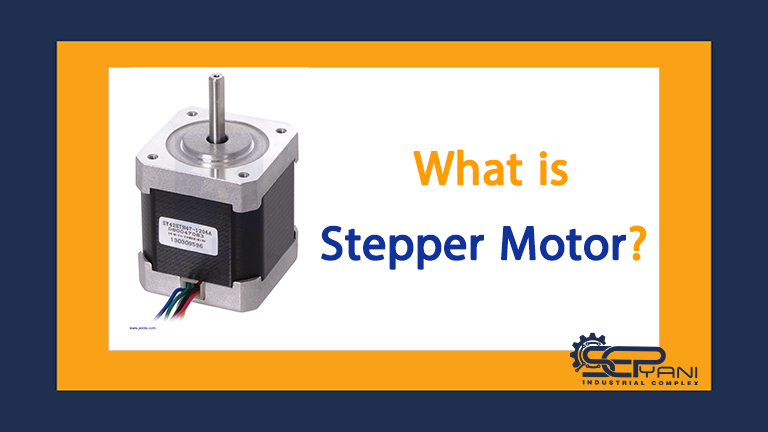What is the difference between PLC and DCS?
The development and advancements of science in all fields have helped to improve the quality of human life. Many things are easier than before with the introduction of new technologies. One of the sectors that scientific advances have greatly contributed to its development and prosperity is the industrial automation sector.
Equipment such as PLCs and DCS have made many tasks related to monitoring and control in large industries easy and accurate. PLC and DCS are both industrial automation systems that are used in different sectors of industries today. These two widely used products, while they have similarities, also have differences, and in this article, we are going to examine these differences while getting to know more about both parts.
Different types of Pasteurizers
What is plc system?
A system that controls industrial functions logically and through programming is called PLC. In fact, PLCs are a special type of computer designed and built for specific industrial controls. Through them, conditions such as temperature, humidity and dryness suitable for the system and other things can be controlled and managed.
These equipment have greatly contributed to the automation of the industry. Traditional control panels relied on magnetic relays and controlled the system based on timers. But plcs are able to continuously monitor all inputs and outputs of the system through special sensors. Every plc system has three majors:
- Major processor
- Major power supply
- Input and output major
What are the types of plc?
Plcs based on size
This group is categorized based on the number of inputs and outputs it is able to perform. which include 5 groups of nano, micro, medium, large and very large. Also, these plcs differ from each other in terms of – memory capacity.
PLCs based on how the hardware is set up
These types are classified based on their architecture.
Compact PLCs
In this type, all the input and output parts of the power supply and processors are designed and combined in a very simple housing or electrical module. This type is used in the intelligentization of factories.
Modular plcs
In this type, the main sections are separate from each other and each of these sections has independent cards. However, there is also the possibility that they are placed together. Among the capabilities of this type, we can mention the possibility of adding a significant number of surplus inputs and outputs according to the CPU power.
PLCs based on power supply
These types of PLCs can be directly connected to the power supply and this is because they have built-in smps.
Application of PLCs in industry:
PLCs are used in various industries, including steel, automobile, and chemical industries. In fact, industries are significantly developed by using PLCs. Other uses of those items include the following:
Glass industry: They are used to control the ratio of materials to each other and to process compounds. Since the glass production process is very complicated, PLCs are used both for quality control and for analog data recording.
Cement industry: PLC is used in this industry to control the quality of raw materials and their correct ratio. Processes such as milling, shaft furnace, and coal furnace are controlled by PLCs.
Paper industry: PLCs are used in many sectors in this industry. These parts include controlling machines to products that produce paper at high speed. For example, in the production of book pages with offset printing, PLCs are used to control and monitor the work.
What are the advantages of using PLCs?
- They have a very high ability in calculations.
- It does not require much time for training.
- It includes a wide range of control applications.
- PLC scanning time is short.
- Connects to all computers in the factory.
- It is very easy to program and its programs are easy to understand.
- It occupies a small space.
- Compared to traditional monitoring systems, it is very easy to fix problems.
- By using PLCs, projects are completed in a shorter time.
- It has a very high reliability coefficient.
What are the disadvantages of PLCs?
- The time required to restore and fix problems is long.
- At high temperatures, the efficiency of PLCs is limited.
- In case of power cut and reconnect, those programs will start from the time the power cut started, and this is harmful for the systems that were on during the power cut.
- plc parts from different brands cannot be combined and used together.
Differences between PLCs and computers?
You may have wondered how PLCs differ from computers. In answer to this question, it should be said that all the parts of a computer are present in plcs, but computers are very different from plcs in terms of the type of input and output and their combination. The output in plc can be relay or transistor and they are selected according to the maximum amount of current. Finally plc shows us the result but in computer only information is visible.
What is a DCS system?
Distributed control system or DCS is one of the smartest control systems that is used in many factories and control centers. The high intelligence and ability to connect to the Internet of this system makes many experts strongly recommend the use of DCS.
DCS makes more efficient and better ways to improve reliability, efficiency and quality in the factory control system. This intelligent control distribution system has various parts and components, which we will briefly introduce below.
What are the main parts of DCS?
For a better understanding of DCS, we need to know its components. These sections include:
Operator station:
These stations are the beating heart of DCS. Operators can see all operations in the factory at this station. Also, the risks and warnings of the production process can be seen in this section.
Engineering computers and archiving servers:
Communication with the operator station is established through the internal network, and the servers collect data from the processors. The data that is exchanged between the operator and the processors is transferred and managed to this section. This data may be reused for adaptations. Engineering stations are also used to configure hardware and manage things through software installed on the system.
DCS Controllers:
This section monitors and manages the work of single processors and input and output modules. This part of DCS plays a significant role in system performance.
DCS background devices:
Parts such as switches, motors and transmitters are located in this section. The components of this section are fully compatible with network sections such as Ethernet and other dedicated sections.
What are the applications of DCS?
The parts that use the intelligent distribution system or DCS are the following:
- Chemical, nuclear, metallurgical and petrochemical power plants
- Food industry
- Pharmaceutical industry
- Automotive industry
- Environmental management and controlling systems
- Finally, water and sewage facilities
What are the benefits of DCS?
- Planning and implementation time is minimized.
- System requirements for troubleshooting are very low.
- The system has better reliability and organization.
- Group management is possible.
What is Industrial Automation?
Check the difference between PLC and DCS
Both systems use methods for automation to control machines and processes around them. Although they do not have many practical differences, this does not mean that their performance is the same. The main difference between PLC and DCS is that PLC is basically a central controller designed to control machines.
While DCS is a completely natural distributed system and does not have a central controller. In contrast, it offers many controllers on the distribution system completely. So, in fact, PLCs are considered a part of the system, while DCS is actually a complete system that also includes PLC.
What are the key differences between PLC and DCS systems?
- The main difference between plc and dcs is that PLC works as a single system while DCS is considered a wide and distributed system with the aim of controlling the entire operation.
- The speed of operation in this system is also different. PLCs are designed and built to perform high-speed operations, while DCSs, which manage and process mass processes, are not expected to do so.
- PLCs are considered as an alternative to electromechanical relays, while DCSs are an alternative to single-loop controllers by combining several components.
- PLCs are structurally simpler than DCSs.
- DCS is able to control a system that is performed in several operations and in different places. In fact, it controls and manages the entire process.
- There is a central controller in PLCs, but DCSs lack such a part due to the distribution of the control system.
Summary of the difference between plc and dcs:
According to what was said in the text, PLCs are used to control and manage a machine and industrial equipment, while DCS are used to monitor and control all factory operations. The use of PLCs is recommended when special conditions of the factory do not affect the performance of the machine and it has an independent function. Otherwise, DCS should be used. Note that DCSs are much more expensive than PLCs.
Dear people, you can visit our store site to buy all kinds of industrial equipment such as PLC and DCS. Also, to get more information, complete the consultation request form so that our technicians will contact you as soon as possible. Also you can contact us by What’sApp.

